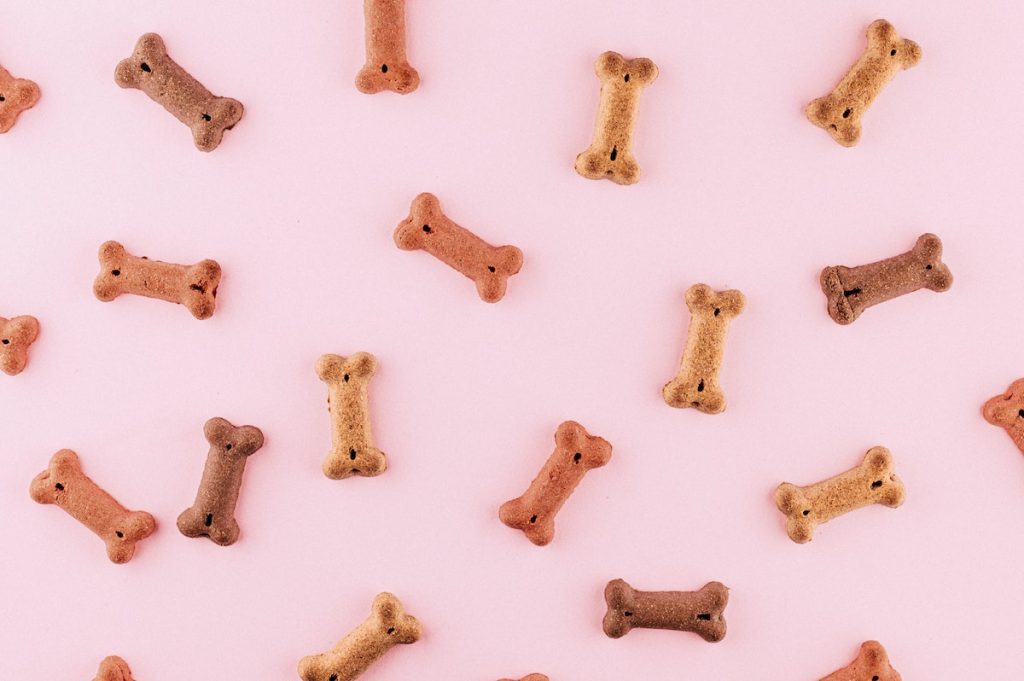Picking the perfect food for your canine companion can be challenging, particularly when there are so many brands and diet plans to choose from. Of course, that’s before you’ve even started to investigate the huge range of flavours and ingredients on offer. Here, we take a closer look at the differences between wet and dry dog food to help you decide on the perfect meal plan for your pup.
What are the benefits of wet food?
More appetising
Lots of dog owners agree that wet food is more appetising than kibble because it actually looks like a nutritious meal. The smell, texture, and taste of wet food can also encourage dogs to eat their dinner, which is helpful for fussy pooches.
Easy to eat
As wet food is moist and soft, it’s typically easier for your dog to eat when compared to kibble. As such, it’s a better option for dogs with dental issues or missing teeth.
It boosts your pup’s hydration
Most wet food is 80% water, which helps with your dog’s hydration levels. Therefore, wet food can be an asset if your dog doesn’t drink enough water.
Fewer carbs
Wet food doesn’t require a high starch content to produce the biscuit dough. As a result, it typically has fewer carbs than kibble and other dry food options.
What are the drawbacks of wet food?
Highly processed
You rarely find real meat in wet dog food, and the main content is typically a mix of proteins and cereals that are ground up to make chunks, which are then cooked in gravy. As a result, wet dog food is usually highly processed.
It spoils
The fact that wet dog food has a high moisture content means that it spoils more easily than dry food, so you need to store it correctly.
Your dog requires more
Dogs need to eat more wet food than dry food – because of the moisture content – which makes it more expensive to feed your dog wet food.
High in fat
Comparably, wet food has a higher fat content than dry food, which means it’s not good for dogs with medical conditions like pancreatitis, which need to be managed with a low-fat diet.
What are the benefits of dry food?
It’s cheap
Dry dog food and kibble are usually cheaper than wet food and can be bought in big sacks, which makes your life easier when it comes to feeding your pooch.
It’s easy to store
With kibble, you don’t need to worry about how you store it, and it doesn’t take up any space in your fridge or freezer. Simply scoop out some biscuits and add them to your dog’s bowl – it’s as simple as that.
Dogs don’t need as much
Kibble is high in calories and low in moisture, meaning dogs need less to survive. This helps to keep your canine full without spending a great deal of money.
Good for puzzle feeders
You can easily put dry dog food in a pouch when you’re training your dog, making it a great puzzle feeder.
What are the drawbacks of dry food?
Highly processed
Kibble is ultra-processed food, which is bad for your dogs. The extrusion process has been proven to destroy healthy nutrients and results in chemical reactions that can lead to carcinogens in the food.
Lack of clarity with ingredients
Due to the processed nature of kibble, it’s nigh on impossible to know exactly what it contains. If your dog has dietary needs or an intolerance to certain foods, they might experience a range of health issues from eating kibble.
The verdict: Which is best for dogs?
Rather than focusing on the type of food that you feed your dog, you need to think about the ingredients within the food itself. Ultra-processed foods like kibble are really bad for your dog’s health. In contrast, the best dog food is nutritionally complete and made with wholesome, natural ingredients.
Pure Pet Food is the perfect solution for your dog, as their personalised meal plans consist of 100% natural ingredients that have been selected to help your dog thrive (especially perfect for those with sensitive stomachs). So, instead of giving yourself a headache when it comes to feeding your dog, choose nutritious, healthy food that will help your dog that will live the best possible life.

